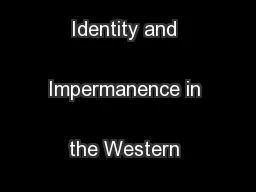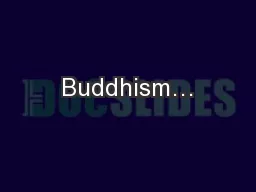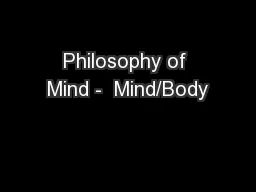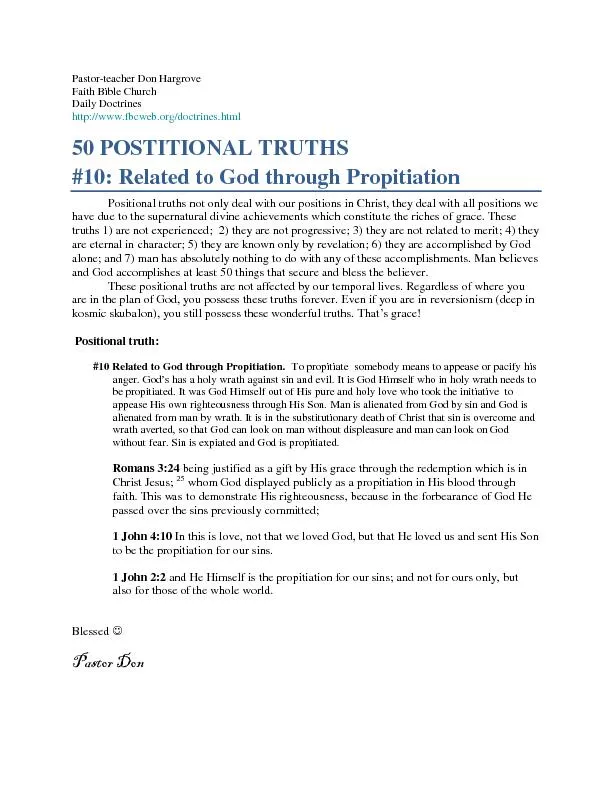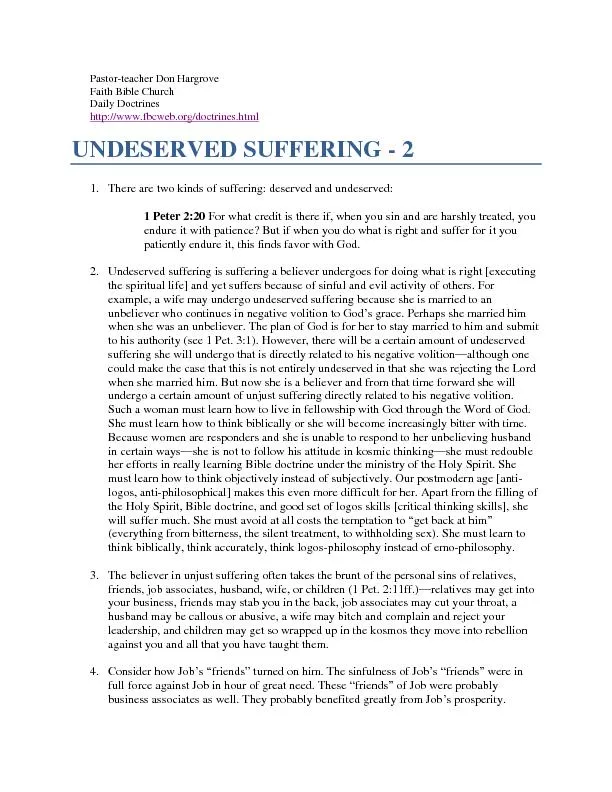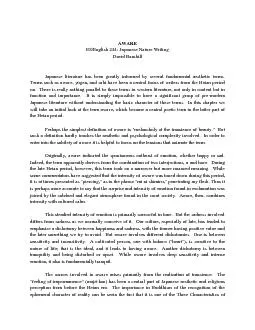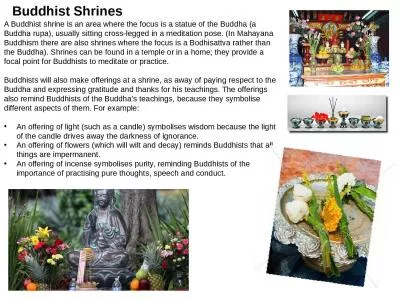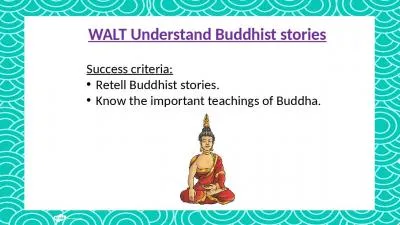PDF-Buddhist Doctrines of Identity and Impermanence in the Western Mind ..
Author : calandra-battersby | Published Date : 2016-06-14
Donna M Giancola Deeply rooted in Aristotlex2019s notion of substance Platonic form and Judeo Christian metaphysics for the western mind the Buddhist doctrines
Presentation Embed Code
Download Presentation
Download Presentation The PPT/PDF document "Buddhist Doctrines of Identity and Imper..." is the property of its rightful owner. Permission is granted to download and print the materials on this website for personal, non-commercial use only, and to display it on your personal computer provided you do not modify the materials and that you retain all copyright notices contained in the materials. By downloading content from our website, you accept the terms of this agreement.
Buddhist Doctrines of Identity and Impermanence in the Western Mind ..: Transcript
Download Rules Of Document
"Buddhist Doctrines of Identity and Impermanence in the Western Mind
.."The content belongs to its owner. You may download and print it for personal use, without modification, and keep all copyright notices. By downloading, you agree to these terms.
Related Documents

